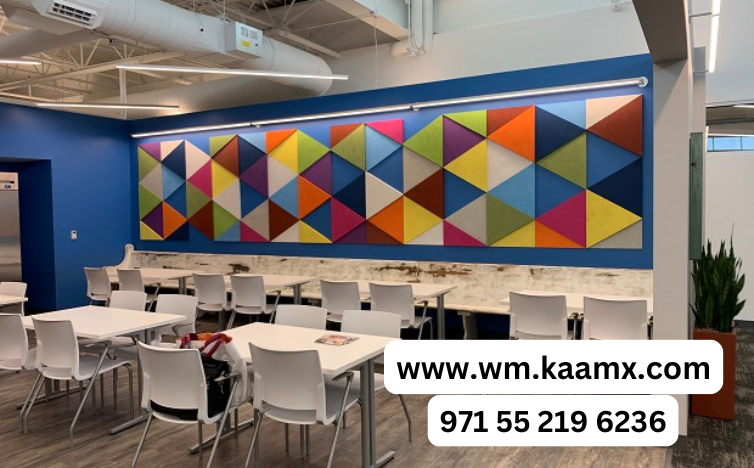Cafeterias are bustling environments filled with noise from conversations, kitchen activities, and the movement of people. While this lively atmosphere can be inviting, excessive noise can create an uncomfortable dining experience. Soundproofing a cafeteria can significantly reduce noise levels, making the space more pleasant for diners and staff alike. This article explores effective strategies for soundproofing a cafeteria to create a peaceful and enjoyable environment.
Understanding the Need for Soundproofing in Cafeterias
Cafeterias often suffer from poor acoustics due to hard surfaces like tiles, glass, and metal that reflect sound. Without proper soundproofing, the noise can become overwhelming, leading to stress and discomfort for those using the space. Understanding the sources of noise and how it impacts the dining experience is the first step toward implementing effective soundproofing solutions.
Key Areas to Focus on for Soundproofing
1. Ceilings
The ceiling is one of the most critical areas to address in cafeteria soundproofing. Installing acoustic ceiling tiles or panels can help absorb sound, reducing echo and noise levels. These materials are designed to trap sound waves, preventing them from bouncing around the room.
2. Walls
Soundproofing the walls of a cafeteria can significantly reduce noise transmission between different areas. Acoustic wall panels can be installed to absorb sound, creating a quieter environment. These panels come in various designs and colors, allowing them to blend seamlessly with the cafeteria’s décor.
3. Floors
The type of flooring in a cafeteria can contribute to noise levels. Hard surfaces like tiles and concrete can amplify sound, while softer materials like carpet or rubber flooring can help absorb it. Adding soundproof underlayment beneath the flooring can further enhance sound absorption.
Choosing the Right Soundproofing Materials
Selecting the appropriate materials is essential for effective soundproofing. Acoustic panels, ceiling tiles, and soundproof curtains are popular choices for cafeterias. These materials are not only functional but also aesthetically pleasing, allowing you to maintain the design and ambiance of the space.
Implementing Soundproofing Solutions
1. Assessing the Current Noise Levels
Before implementing any soundproofing solutions, it’s important to assess the current noise levels in the cafeteria. This can be done using sound level meters or by consulting with an acoustic professional. Understanding the existing conditions will help you choose the right solutions and ensure they are effective.
2. Installation Process
The installation process for soundproofing materials should be planned carefully to minimize disruption to the cafeteria’s operation. Working with experienced contractors can ensure that the installation is done correctly and efficiently, leading to optimal results.
Benefits of a Soundproof Cafeteria
A soundproof cafeteria offers numerous benefits, including improved comfort, reduced stress, and enhanced communication among diners. By creating a quieter environment, you can also promote better concentration and productivity for students, employees, or patrons who use the space.
Contact Muhammad Shaheen Carpentry at 971 55 219 6236, and discover the transformative science of soundproofing for your space.
Conclusion
Soundproofing a cafeteria is a worthwhile investment that can transform the dining experience for everyone who uses the space. By focusing on key areas like ceilings, walls, and floors, and choosing the right materials, you can create a peaceful and inviting atmosphere that encourages relaxation and enjoyment. Whether in a school, corporate setting, or public venue, a soundproof cafeteria is essential for maintaining a comfortable and pleasant environment.

